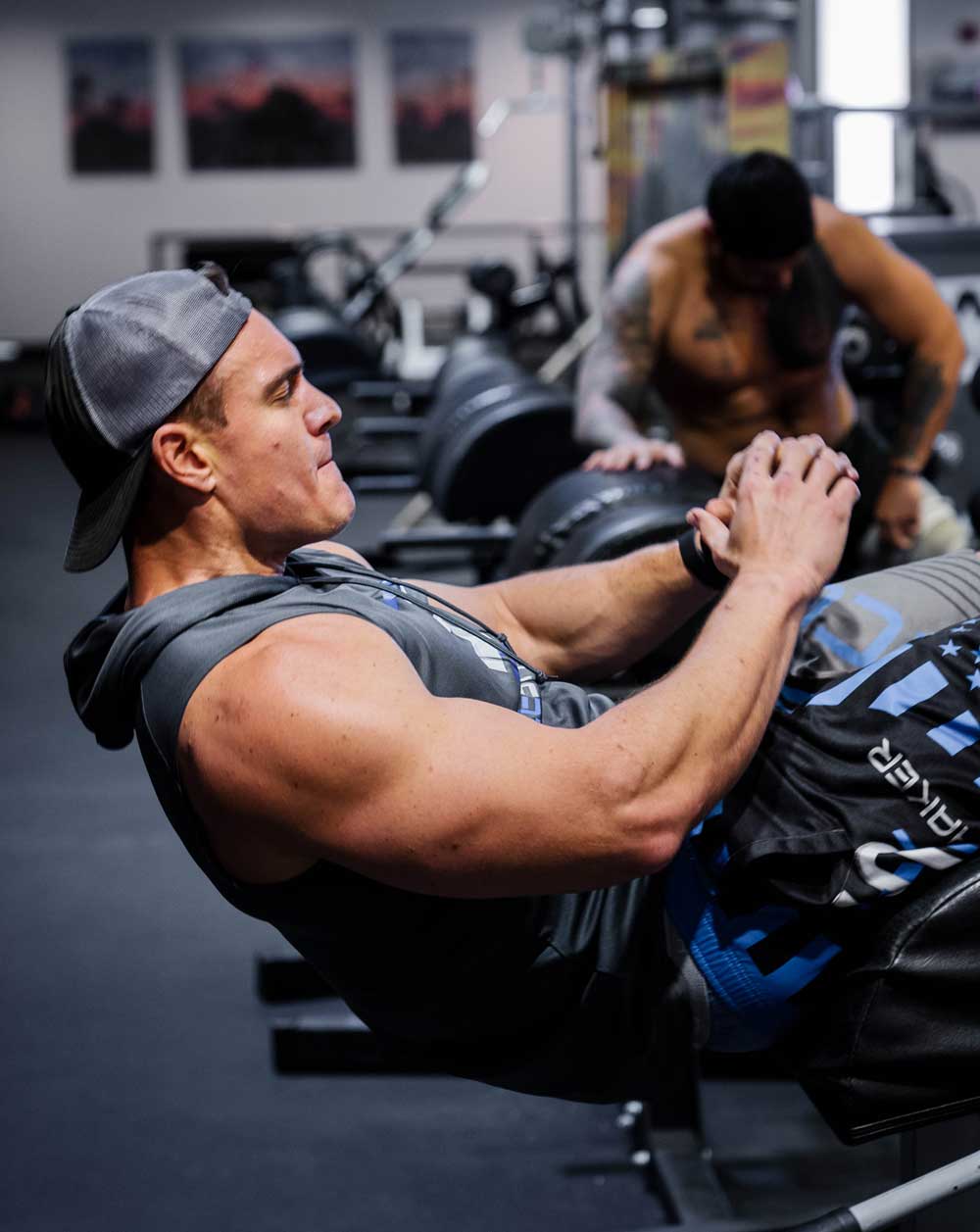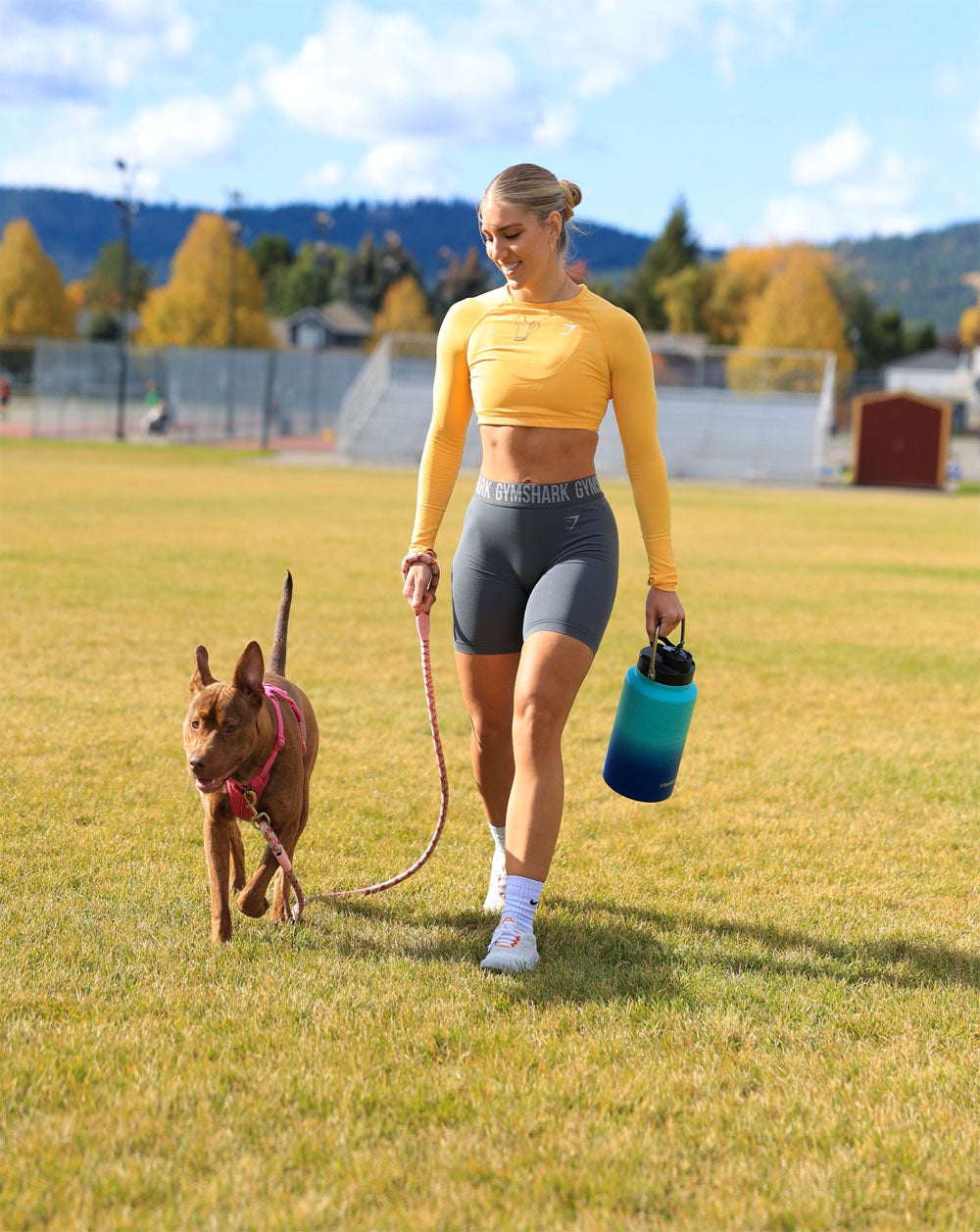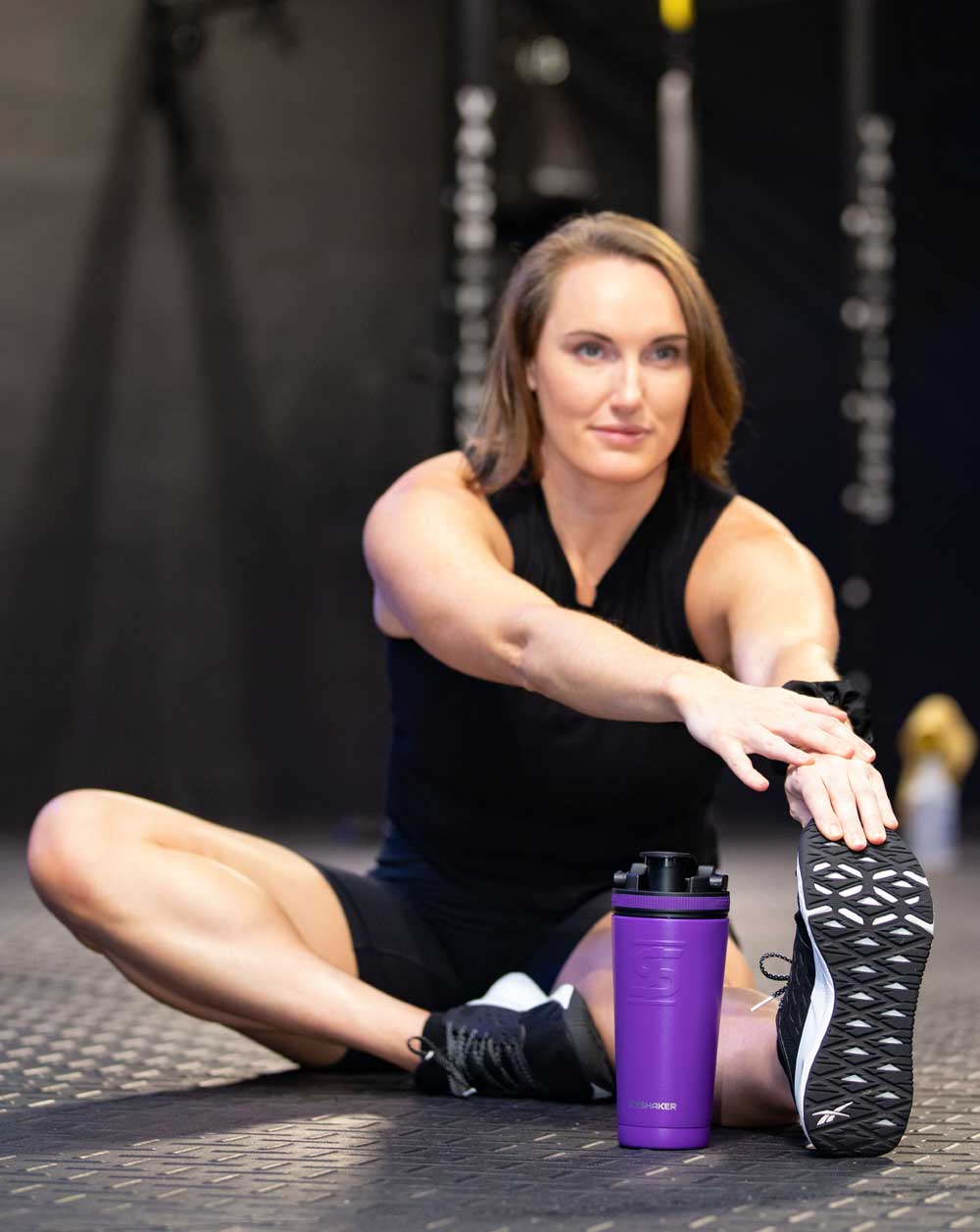High Intensity Interval Training, or HIIT for short, is a type of exercise that involves alternating between short periods (usually 20-30 seconds) of intense exercise and periods of rest or low-intensity exercise. It has become increasingly popular in recent years due to its many health benefits and time-efficient nature. In this article, we will discuss the benefits of HIIT in detail, including how it can help you burn more calories, improve your cardiovascular fitness, increase your metabolism, and reduce your risk of chronic diseases. We will also provide examples of HIIT exercises that you can incorporate into your workouts to help you get started.
Benefits of High Intensity Interval Training (HIIT)
HIIT is a highly effective form of exercise that offers numerous health benefits and can be easily incorporated into a busy lifestyle. These benefits include:
Increased Calories Burn: HIIT is known for its ability to burn a large amount of calories in a short amount of time, making it an effective way to lose weight and improve body composition.
Improved Cardiovascular Fitness: HIIT has been shown to improve cardiovascular health by increasing the strength and efficiency of the heart and lungs.
Time-Efficient: HIIT workouts can be completed in as little as 10-30 minutes, making it a great option for people with busy schedules who still want to prioritize their health and fitness.
Increased Metabolism: HIIT has been shown to increase the body's metabolism, which can lead to ongoing calorie burn even after the workout is over.
Improved Insulin Sensitivity: HIIT has been shown to improve insulin sensitivity, which can help reduce the risk of developing type 2 diabetes.
Reduced Risk of Chronic Diseases: HIIT has been linked to a reduced risk of chronic diseases such as heart disease, stroke, and some types of cancer.
Improved Mental Health: HIIT has been shown to improve people's mood after workouts and also reduces the risk of depression and anxiety.
Overall, HIIT exercises provide a wide variety of health benefits and can be completed in short amounts of time. Now, you may be wondering what kind of HIIT exercises can I do? Well, keep reading!
HIIT Exercises
There are many different exercises you can incorporate into a HIIT workout. Here are some examples that can be done at home or at the gym:
Burpees: Start in a standing position, then drop down into a plank position and perform a push-up. Jump your feet back towards your hands and them jump up as high as you can.
Jump Squats: Begin in a squat position and then jump up explosively, landing back down into a squat position.
Mountain Climbers: Start in a plank position and then alternate bringing your knees toward your chest as if you are running.
High Knees: Run in place, bringing your knees up as high as you can with each step.
Jumping Lunges: Start in a lunge position and then jump up explosively, switching legs mid-air and landing back in a lounge position with the opposite leg forward.
Jumping Jacks: Stand with your feet together and then jump out, bringing your arms up overhead. Jump back in to return to the starting position.
Bicycle Crunches: Lie on your back with your hands behind your head, bring your elbow to your opposite knee while extending the other leg, and then alternate.
Remember, the key to a HIIT workout is to perform each exercise with maximum effort for a set amount of time (usually 20-30 seconds) followed by a brief period of rest of low-intensity exercise. You can perform each exercise for a set number of repetitions or for a set amount of time before moving on to the next exercise.
How to Help Your Body Recover After HIIT Workouts
After a HIIT workout, it's important to take steps to help your body recover properly. Here are some tips on what you can do after your workout:
Cool Down: After your HIIT workout, take a few minutes to cool down by performing some low-intensity exercise, such as walking or stretching. This can help prevent muscle soreness and injury.
Hydrate: Make sure to drink plenty of water before, during, and after your workout to stay hydrated. Hydration is key when it comes to fitness, losing weight, and staying healthy. For maximum hydration, men should drink 15.5 cups of water per day while women should drink 11.5 cups of water per day. To stay on top of your hydration, consider investing in an Ice Shaker Half Gallon or One Gallon Jug! Made with high-quality, premium kitchen-grade stainless steel, Ice Shaker Jugs will keep your water cold for 60+ hours and the jug will never sweat! Plus, it comes with an easy carry handle built into the lid and is 100% leak-proof. Not staying hydrated can lead to fatigue and muscle cramps.
Refuel: Eating a nutritious meal or snack within 30 minutes of your workout can help replenish your body's energy levels and promote muscle recovery. Aim for a meal that includes a mix of carbohydrates, protein, and healthy fats.
Stretch: Stretching after your workout can help reduce muscle soreness and improve flexibility. Focus on stretching the muscle groups that you worked during your workout.
Rest: Your body needs time to recover after a challenging HIIT workout, so make sure to give yourself adequate rest between workouts. Aim to get at least 7-8 hours of sleep per night to help your body recover.
By following these tips, you can help your body recover properly after a HIIT workout and maximize the benefits of your exercise routine.




